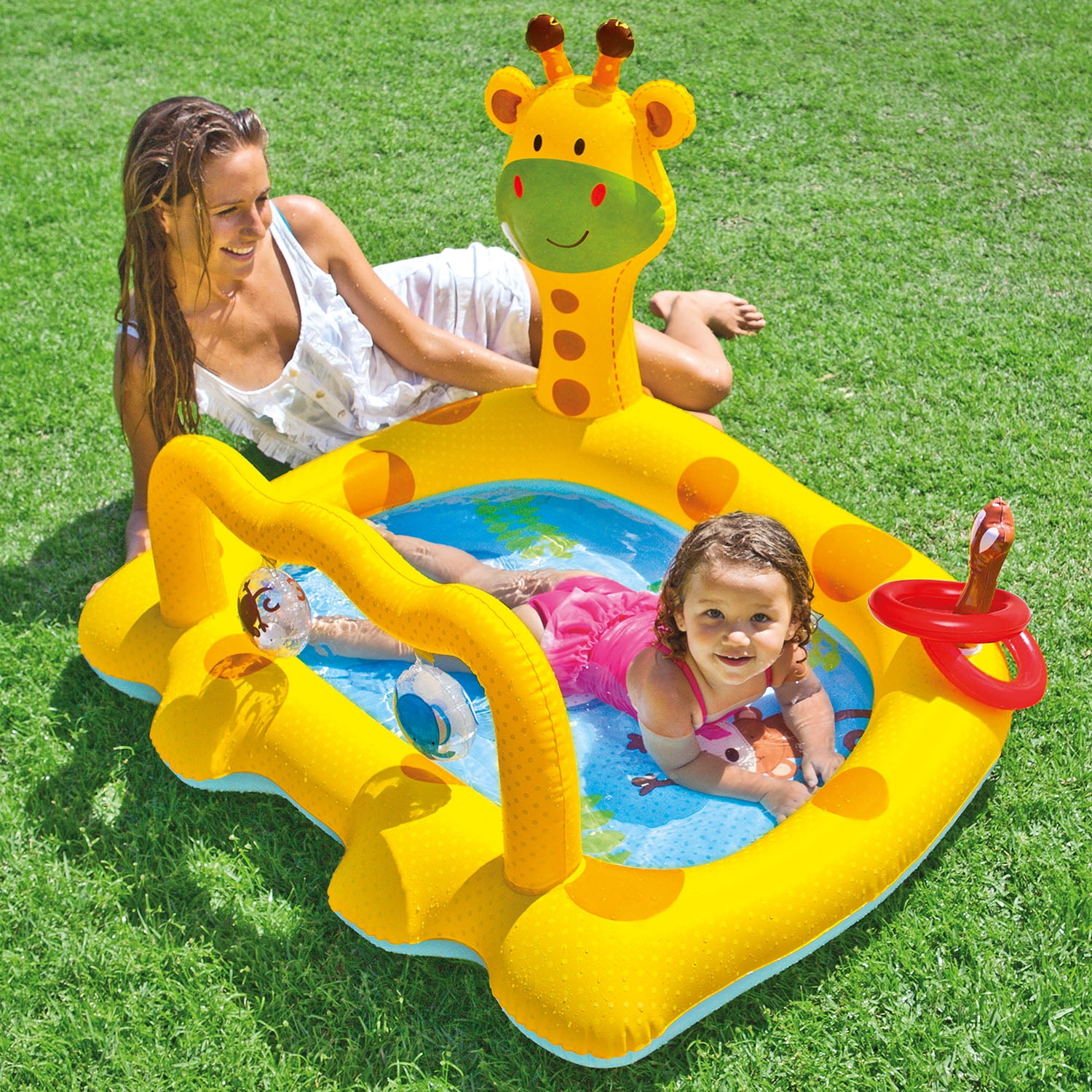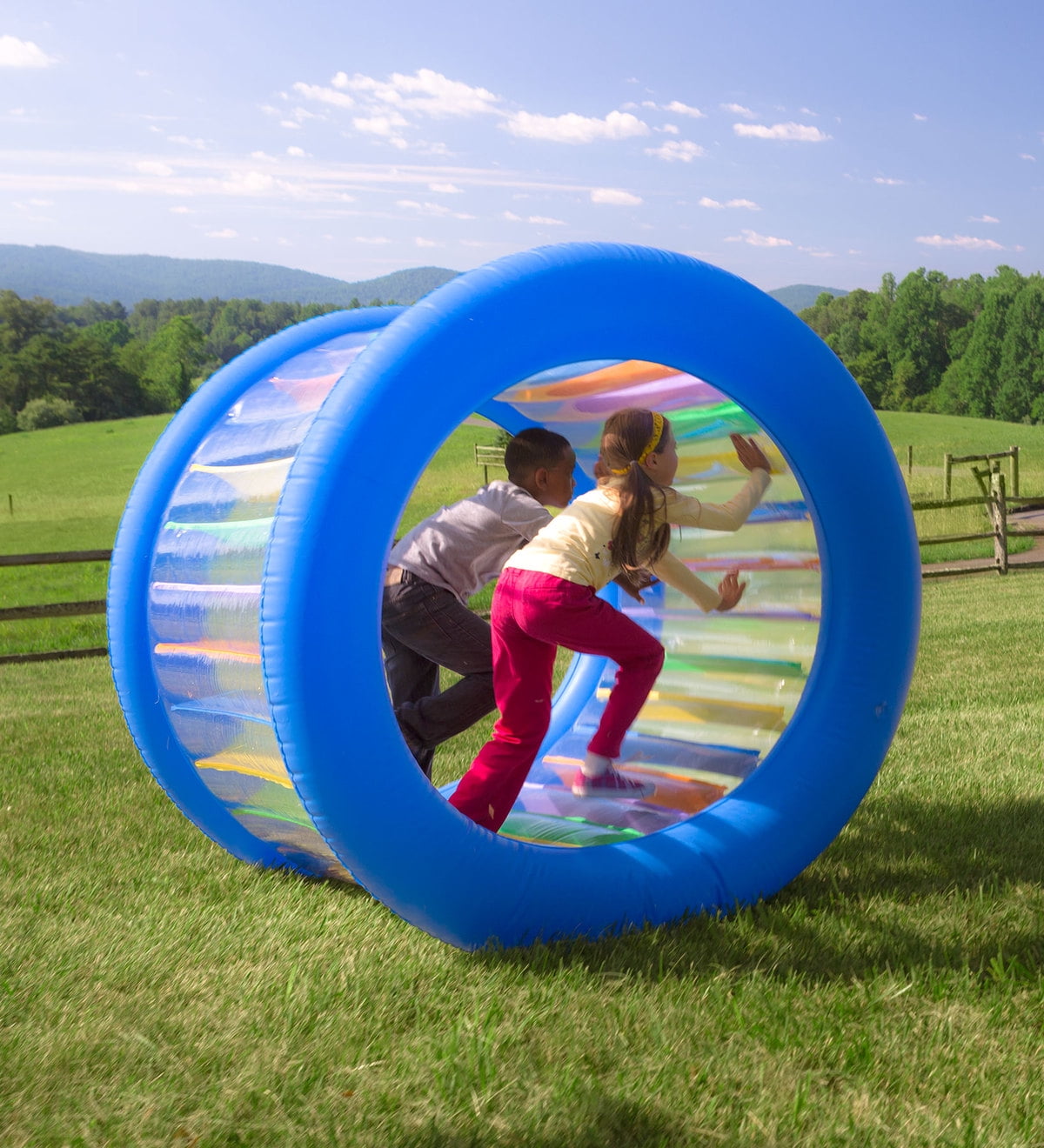



“You can get lots of imaginative play and gross motor skills out of them.” (It’s currently out of stock, but the company expects more to come later this month.) Tadros, whose kids are 4, 10, and 12, play on it “for hours,” she says, making forts, ramps, and slides out of the base, cushion, and two triangle pillows. You can also buy different pieces like tunnels and steps to enhance the experience.Ī similar option, perhaps for when your kids get a little older, is something called the Nugget. This mini-set, which is appropriate for ages 6 months to 8 years, comes with a folding base and two wedge cushions that can be put together in a number of setups. The blocks are soft and come in multiple configurations and can be used as both furniture and for active play. And while they’re expensive, “Parents can create their own little gymnasium with these,” she says.
#Toddler bouncy toys how to#
She recommends this system of modular foam blocks from Foamnasium to help them get a sense of different levels and how to move through them. When toddlers see a step or something that is a different height, they have to go on it,” says Buwalda, who encourages parents to create a safe space for them to scale obstacles. “At this stage, everything is about climbing. For even more peace of mind, pediatric physical therapist Alexandra Buwalda, recommends a bar attachment, so that kids can hold onto it while they bounce. Also in the name of safety, Sacks says to make sure your trampoline choice is one that has padding around the metal frame, like this model from Avenor. “Or you can tell your kid to push their belly button into their back,” she adds. In order to get them to do so, Marsow recommends having your child first practice jumping while holding a soft object like a pillow or stuffed animal above their heads. Mina Marsow, owner of Prospect Gymnastics in Brooklyn, agrees that a small trampoline “is a great option to burn a lot of energy and increase core strength.” Speaking of which: Engaging their core is key to trampoline safety, Marsow notes. Shop the options according to what you think your kid would enjoy best or what type of developmental benefit (e.g., balance, focus, imaginative play) they need most.Īll four of our experts agree that a trampoline is a great piece of equipment for toddlers (as long as it’s used safely and always under adult supervision.) Play therapist Joseph Sacks says that while older kids can spend endless hours jumping on them, trampolines are great even for toddlers as young as 1, or once they start walking. And while you can very well DIY a complete kiddie gymnasium with the following list, your home doesn’t have to be permanently overturned, as many of these recommendations are collapsible and/or closet friendly. We spoke to pediatric physical therapists like Tadros, along with other experts including a play therapist and a gymnastics instructor, about the toys and equipment that most strongly encourage active play for both younger and older toddlers. So if you can’t bring them to Gymboree, what are the best ways to recreate your very own Gymboree at home? Parents and caregivers know this all too well, particularly those who live in a city where outdoor-space access is limited. Giselle Tadros, a physical therapist and founder of In-Home Pediatric Physical Therapy of New Jersey. Which is not good for anyone: Toddlers, whose ages range from 1 (when they start “toddling,” i.e., walking) to about 3, when they typically begin preschool, don’t really pay attention for long periods of time, so “they definitely need to be active and constantly moving,” according to Dr. With camps canceled and day care centers and playgrounds closed, little ones have fewer opportunities to get the wiggles out these days.


 0 kommentar(er)
0 kommentar(er)
